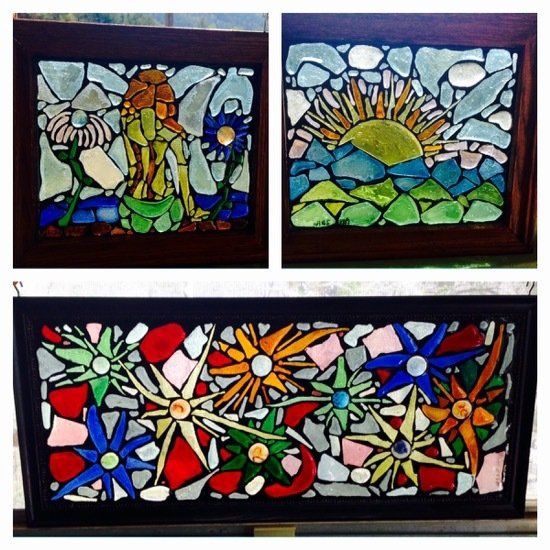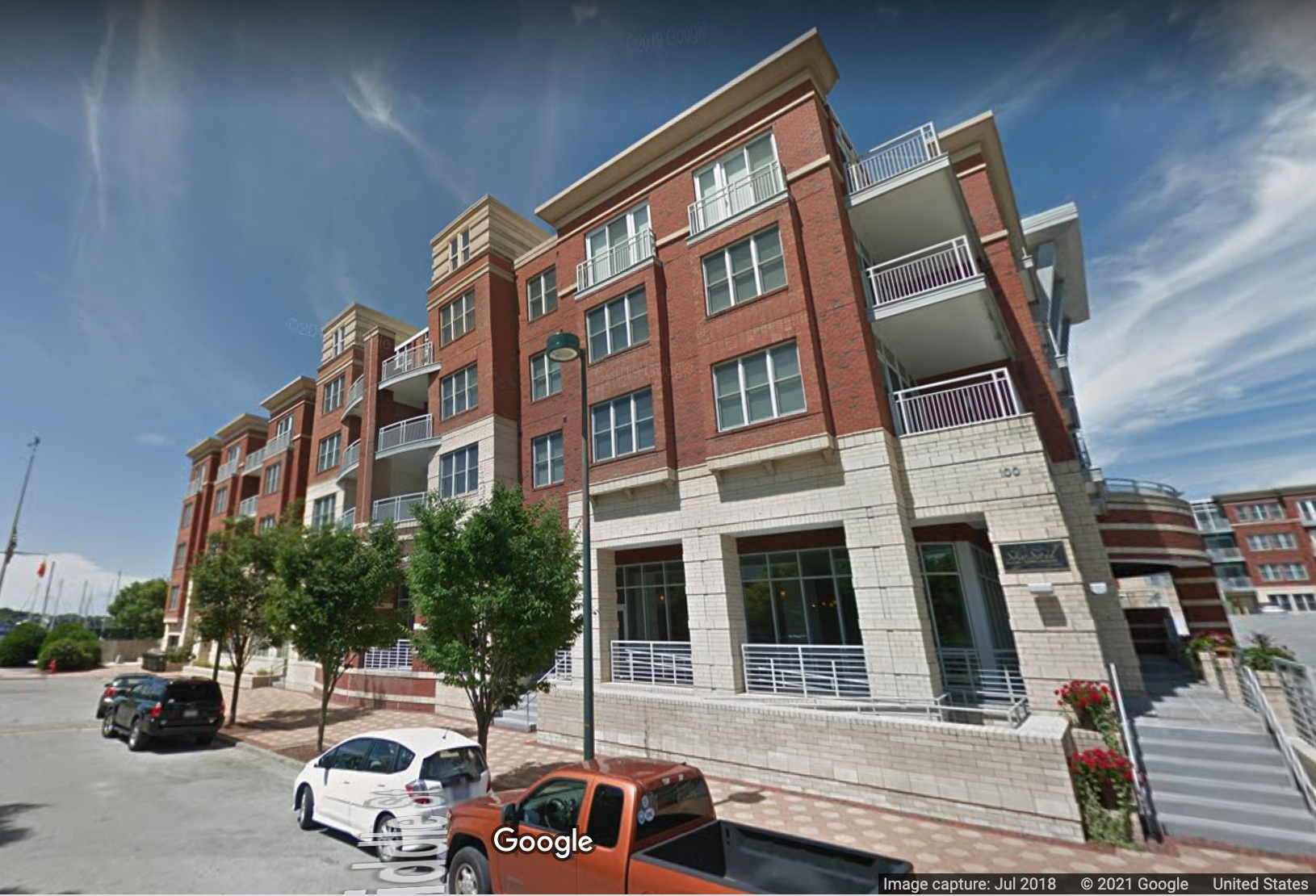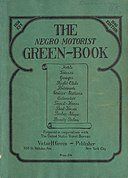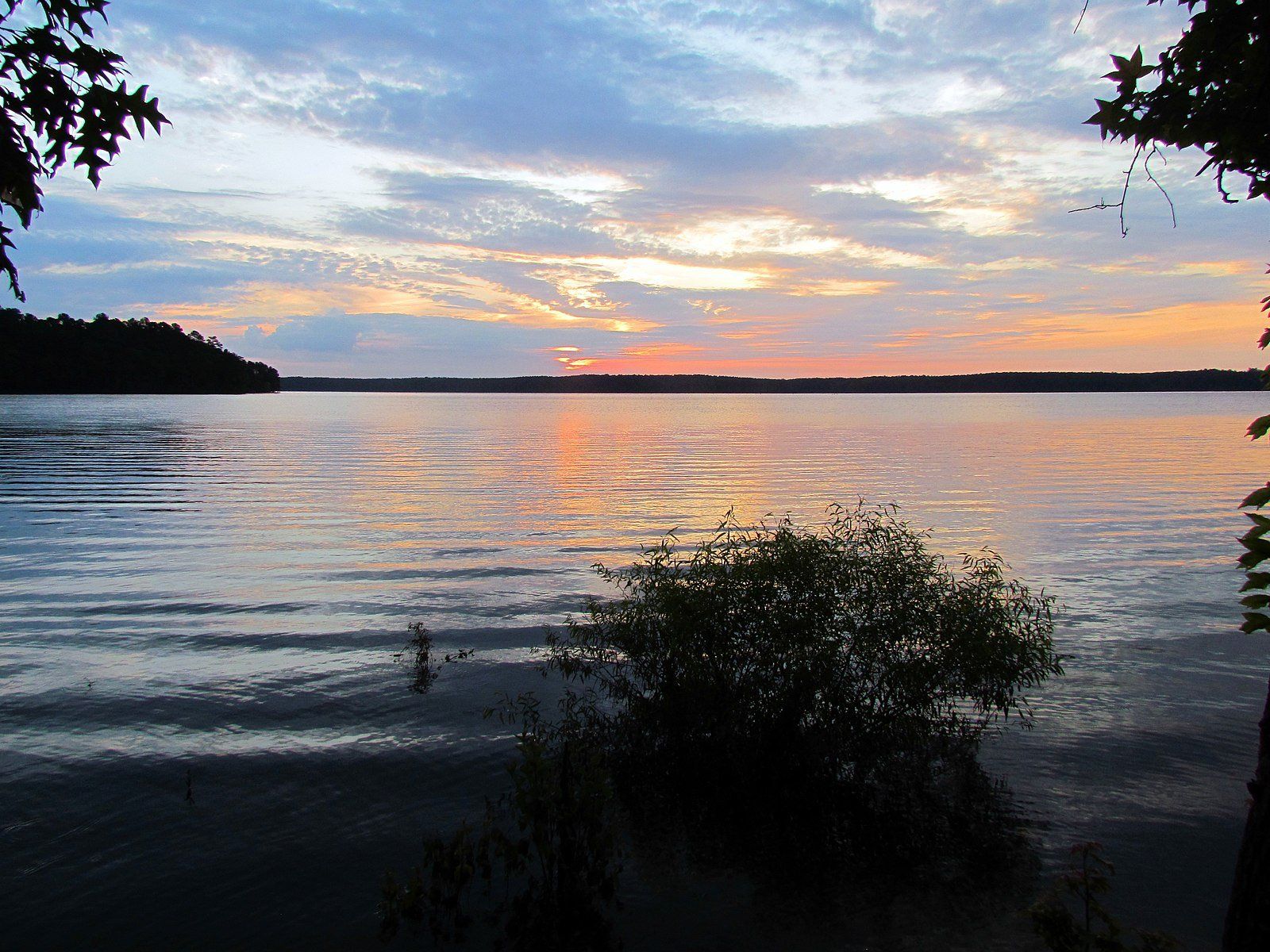New Bern: A city of firsts in its long, storied history
When you're one of the first, you're bound to be first in other areas.

New Bern had North Carolina's first newspaper, first magazine, first state capital, first public school, first city fire department, first place where Pepsi Cola was formulated, distributed, and consumed.
But it was the last colonial capital, and had a resident who was the last African American member of Congress following Reconstruction.
Swiss and German immigrants settled New Bern in 1710 at the site of an ancient Tuscaroran city called Chattoka. New Bern is the second oldest European-settled city in North Carolina (the oldest is the town of Bath, northeast of New Bern near the Pamlico River).
Back then, the colonial capital rotated depending on where the Colonial Governor wanted to live until William Tryon built the Government House in New Bern in the 1760s, raising taxes to pay for it. Disgruntled North Carolinians upset by the higher taxes gave it a derisive name, Tryon's Palace. It sort of stuck, and is called Tryon Palace today.
Not long after its completion, in 1770, Tryon was transferred to become Governor of New York. Following the Revolutionary War, New Bern became the first the state capital until the early 1790s, when the capital was moved to Raleigh. By that time most of Tryon Palace was destroyed by fire.
New Bern became one of the principal seaports in the state. Its importance to the NC economy made it a target during the Civil War and in 1862 it was invaded by Union Troops and occupied for the rest of the war.
During the war, New Bern became a central gathering place for freed and escaped slaves. A camp was established for these refugees across the Trent River, and today is known as James City.
New Bernians celebrate their town’s history in remarkable ways. For example, in the 1950s, Tryon Palace was rebuilt from original plans and restored to its former grandeur. The only portion of the complex that survived the fire in the 1790s was the stables, which by the 1900s was converted to apartments.
The project to rebuild the palace included acquiring houses and buildings that had been built on the original footprint of the palace grounds. U.S. Highway 70 also passed through the location (today's George Street), so it was re-routed through Downtown New Bern and a new bridge across the Trent River was built.
Today, the Palace is one of North Carolina's cultural crown jewels. Its gardens will rival the palace itself for your attention. The Palace has special events throughout the year including its candlelight Christmas celebration. If you contact the Tryon Palace you can plan your visit around one of its events.
Another thing about New Bern is its bears. A historical nod to Switzerland, many official places, and many private residences have bear flags or sculptures. There is sculpture of a bear sticking out of a wall at City Hall, whose distinctive clock tower was added to the building that was once a federal courthouse and post office. Many businesses as well as the excellent high school football team use the word bear. The police officers are “Proud to wear the bear.”
New Bern has four national historic districts, filled with well-preserved and restored houses. One, the Slover House at the corner of Johnson and East Front streets, was occupied by Union Troops during the Civil War and was the headquarters for Union General Ambrose Burnside, who conquered New Bern early in the war. A humble house next door on East Front was the slave quarters and kitchen, and was the venue of a Mark Twain true short story in which the cook there was reintroduced to her son, a freed slave.
The Stanly House on George Street near Pollock Street and the main gate to Tryon Palace, is one place that really can say George Washington slept there. There are scores of other houses with fascinating stories to tell, many dating to the 18th century.
One final thing is the New Bern Firemen's Museum. Located in the former main fire house for the city, the old building reflects the city fire department's quirky history: Split down the middle, it once housed two competing fire companies, the Button Company and the Atlantic Company. The rivalry stemmed from the Civil War, when one fire company was made up of Union Army veterans, and the other of local New Bern men. Find out more about the city fire department's rich history here.
LEARN MORE
This section is managed by New Bern Post, New Bern, NC
"We're local, and we've got you covered."
Copyright © 2021 New Bern Post LLC, All Rights Reserved.










